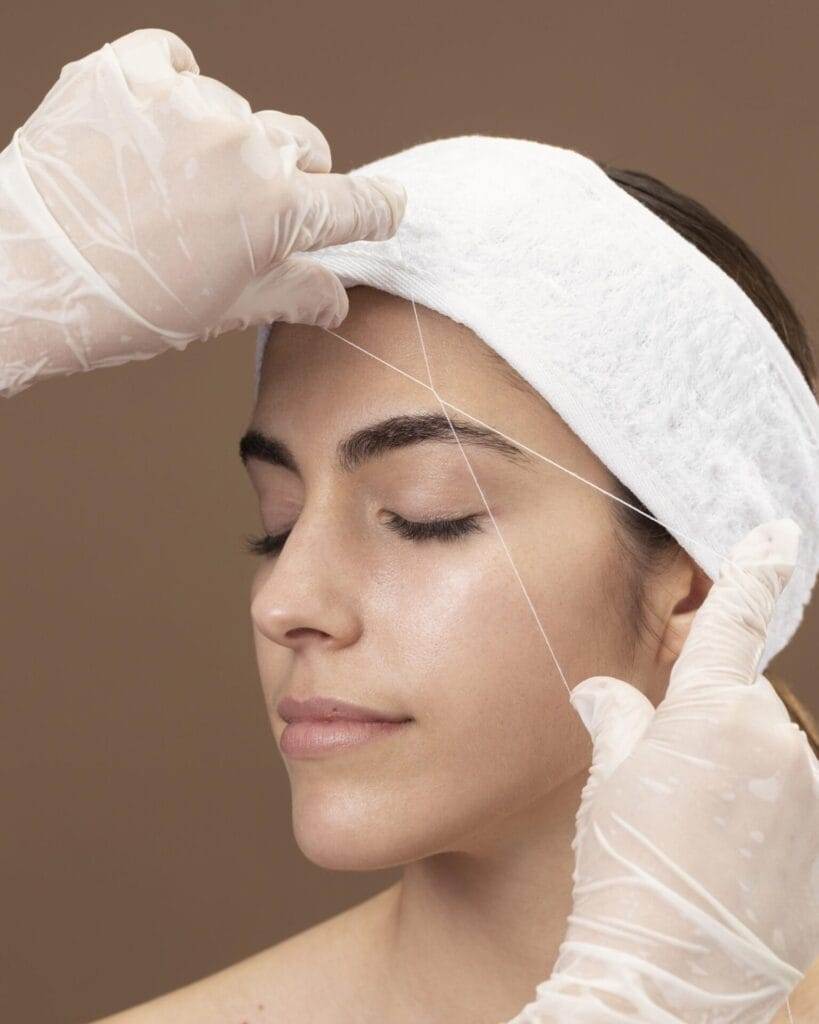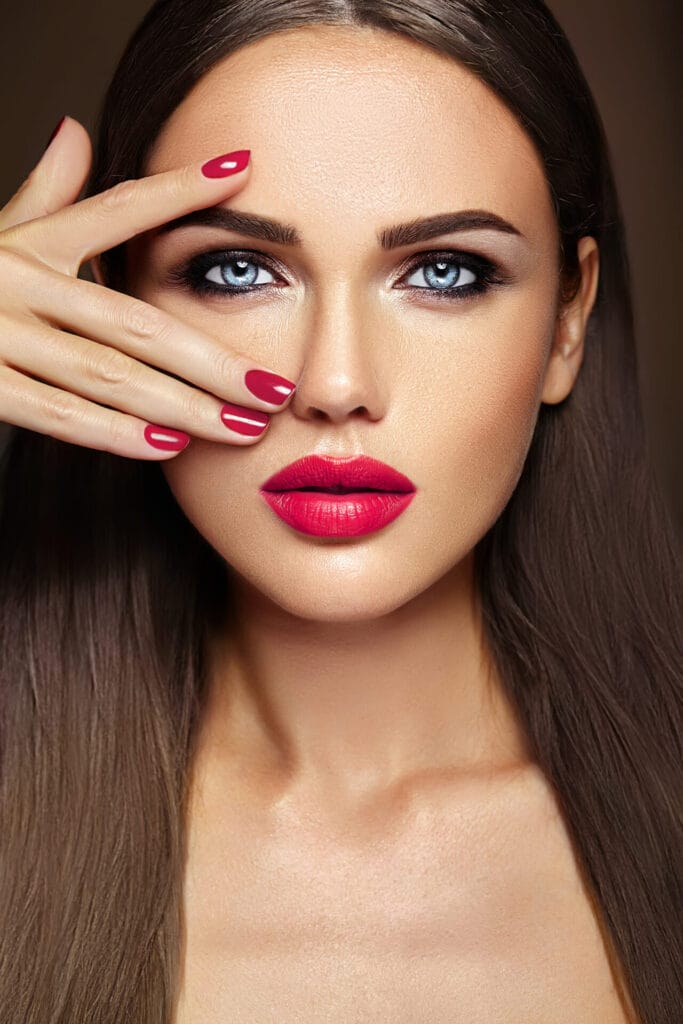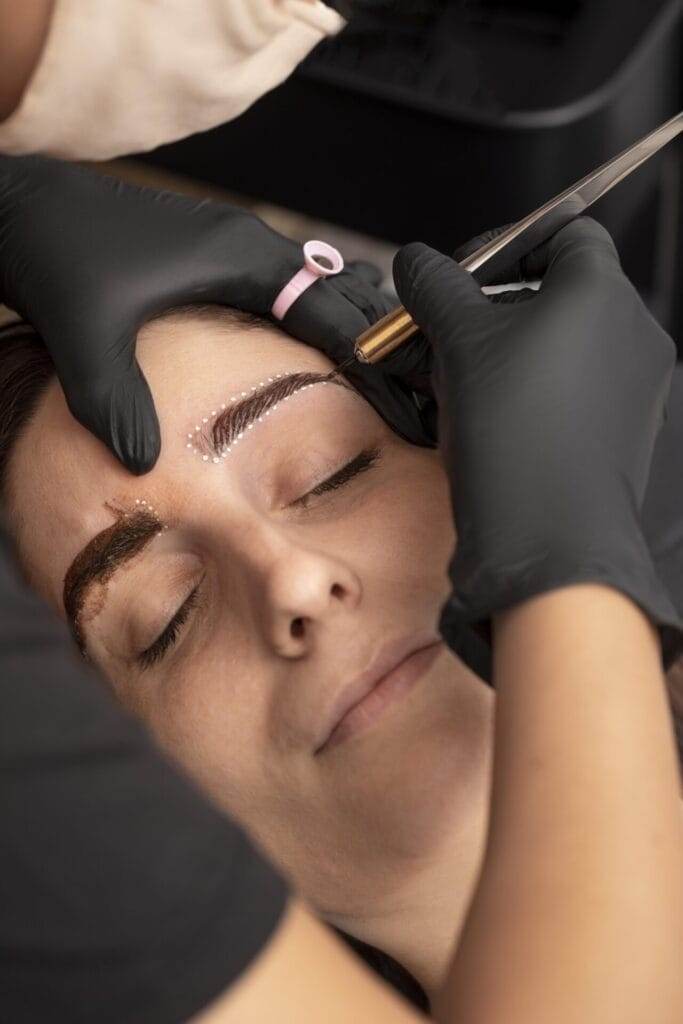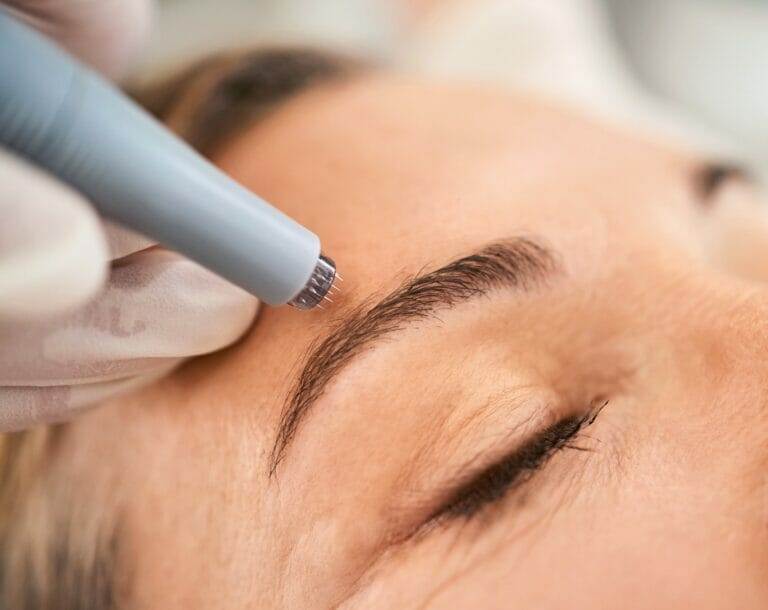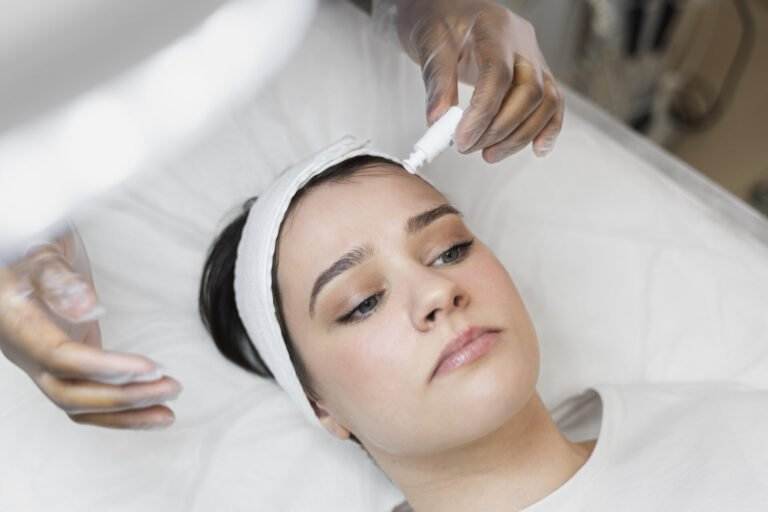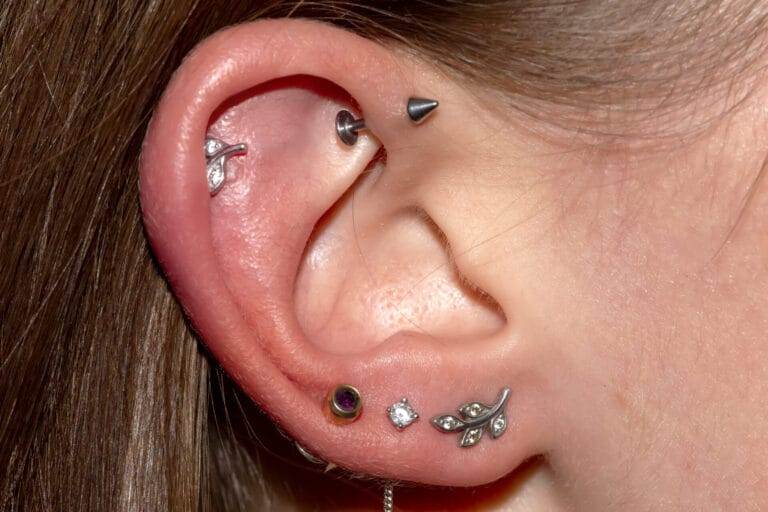Permanent makeup, also known as cosmetic tattooing or micropigmentation, is a procedure where pigments are implanted into the dermal layer of the skin to enhance facial features. This technique mimics the appearance of makeup, such as eyeliner, eyebrows, and lip color, without the need for daily application. The concept of permanent makeup dates back to ancient times when various cultures used natural pigments to enhance their features. However, modern permanent makeup techniques have evolved significantly to provide more natural-looking results.
Benefits of Permanent Makeup
One of the primary benefits of permanent makeup is the time and money it saves in daily makeup application. For individuals with busy lifestyles or those who struggle with applying makeup due to physical limitations, permanent makeup can be a game-changer. Additionally, permanent makeup enhances natural features, providing a subtle and long-lasting enhancement to eyebrows, lips, and eyes. This can boost confidence and self-esteem for individuals who may feel insecure about their appearance. Moreover, permanent makeup is ideal for people with allergies or sensitivities to traditional cosmetics, as the pigments used are hypoallergenic and safe for most skin types.
Types of Permanent Makeup Procedures
There are several types of permanent makeup procedures available to enhance different facial features. Eyebrow microblading is a popular technique that creates natural-looking hair strokes to fill in sparse brows or reshape existing ones. Eyeliner tattooing involves applying pigment along the lash line to define and accentuate the eyes. Lip tattooing can enhance lip shape and color, providing a fuller and more defined pout. Areola tattooing is often used after breast reconstruction surgery to create a realistic nipple and areola complex. Scar camouflage is another application of permanent makeup that helps conceal scars or skin imperfections.
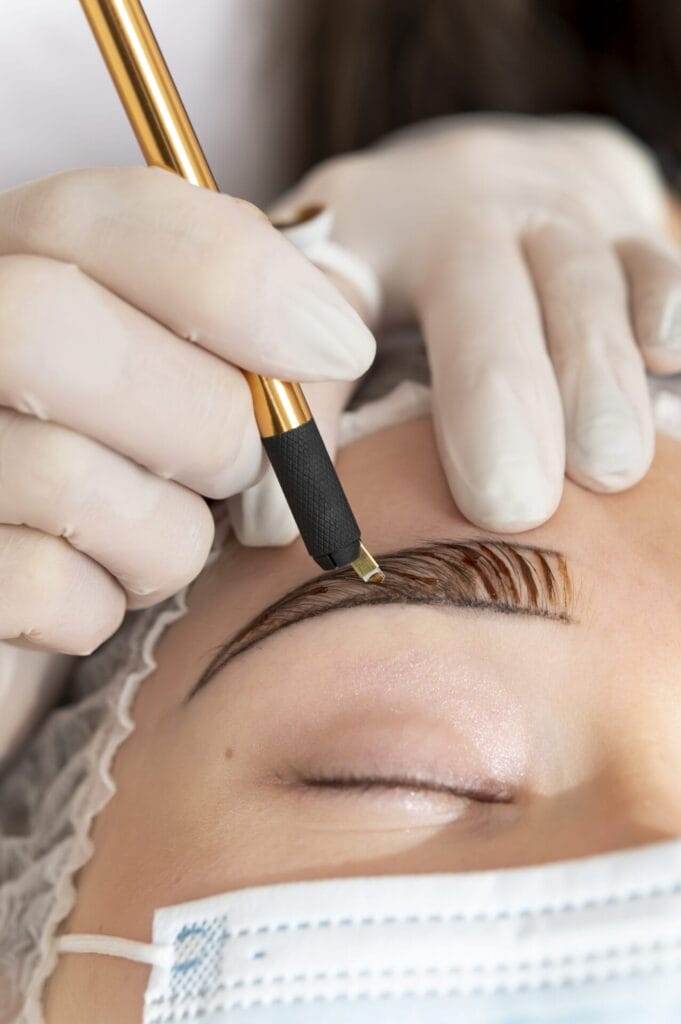
Preparing for Permanent Makeup: What to Expect
Before undergoing a permanent makeup procedure, you will typically have a consultation with the artist to discuss your desired look and address any concerns. The artist will provide pre-procedure instructions, such as avoiding certain medications or skincare products that may affect the outcome of the treatment. Pain management options, such as topical numbing creams or local anesthesia, may be offered to minimize discomfort during the procedure. It’s essential to understand the recovery time involved and follow post-procedure care instructions provided by the artist to ensure optimal results.
The Permanent Makeup Procedure: Step-by-Step
During the permanent makeup procedure, the artist will start by numbing the treatment area to minimize discomfort. They will then carefully draw the design using a specialized tool before applying the pigment into the skin using fine needles. The artist will work methodically to ensure symmetry and precision throughout the process. Once the pigment is applied, they will make any final touches or adjustments before completing the procedure. The duration of the procedure may vary depending on the complexity of the design and the area being treated.
Aftercare for Permanent Makeup
After receiving permanent makeup, it’s essential to follow proper aftercare instructions to promote healing and prolong the longevity of the results. This typically involves cleaning and moisturizing the treated area as directed by the artist to prevent infection and promote skin regeneration. Avoiding certain activities, such as swimming or excessive sweating, can help prevent pigment loss or fading. It’s also important to schedule touch-up appointments as recommended by the artist to maintain the vibrancy of your permanent makeup over time.
Common Myths and Misconceptions about Permanent Makeup
Despite its growing popularity, there are several myths and misconceptions surrounding permanent makeup that may deter individuals from considering it as an option. One common misconception is that permanent makeup looks fake or unnatural when done correctly by a skilled artist; it can appear subtle and enhance natural features seamlessly. Another myth is that permanent makeup is painful; however, most procedures involve minimal discomfort thanks to numbing techniques used during the process. Additionally, some people believe that permanent makeup is only for women when, in fact, it can benefit individuals of all genders looking to enhance their appearance.
Risks and Side Effects of Permanent Makeup
While permanent makeup is generally considered safe when performed by a trained professional in a sterile environment, there are risks associated with any cosmetic procedure. Infection is a potential risk if proper hygiene practices are not followed during the procedure or aftercare period. Allergic reactions to pigments can occur in some individuals with sensitive skin or specific allergies. Fading or discoloration of pigment over time may require touch-up appointments to maintain desired results. In rare cases, scarring can occur if proper aftercare instructions are not followed diligently.
How to Maintain Your Permanent Makeup
To ensure long-lasting results from your permanent makeup procedure, it’s essential to take care of your treated skin properly. Protecting the area from sun exposure by wearing sunscreen or hats can prevent premature fading of pigments caused by UV rays. Avoiding harsh chemicals or exfoliants near the treated area can help maintain color vibrancy over time. Scheduling regular touch-up appointments with your artist as recommended can refresh your permanent makeup and keep it looking fresh and defined.
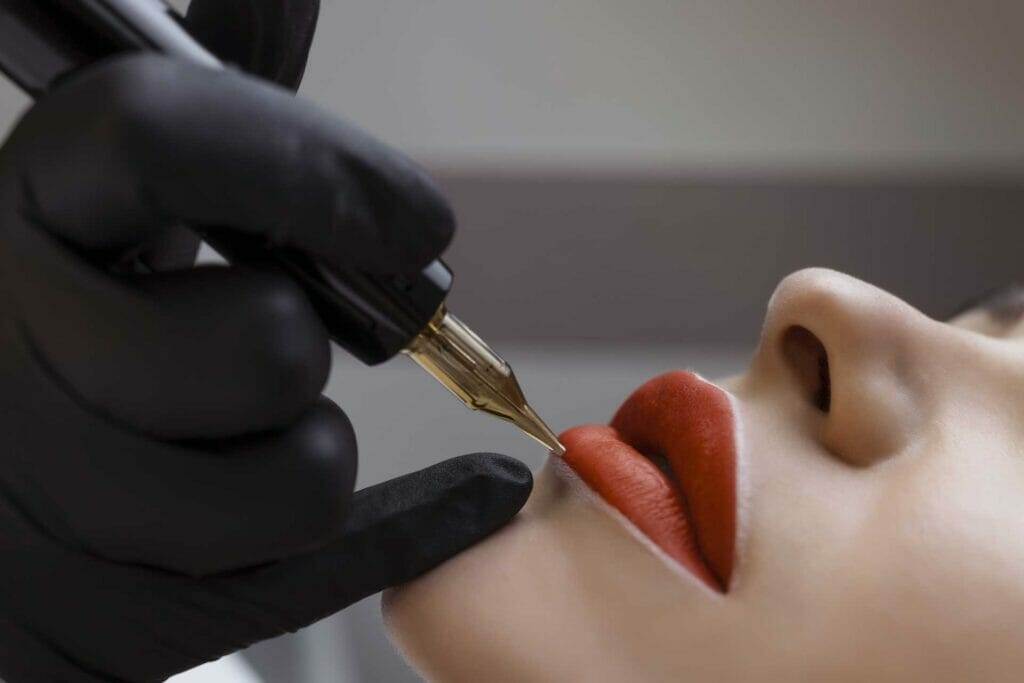
Is Permanent Makeup Right for You?
In conclusion, whether permanent makeup is right for you depends on your personal preferences, lifestyle, and aesthetic goals. By weighing the pros and cons of this cosmetic procedure and consulting with a professional artist beforehand, you can make an informed decision about whether it aligns with your needs. For many individuals looking to save time on daily makeup application, enhance their natural features, or address specific cosmetic concerns like allergies or sensitivities, permanent makeup can be a beneficial solution that boosts confidence and provides long-lasting results when done correctly by a skilled artist.
Ultimately, the decision to undergo permanent makeup should be made carefully and thoughtfully. It is important to consider factors such as the potential risks, maintenance requirements, and the skill level of the artist performing the procedure. By doing thorough research and seeking recommendations from trusted sources, you can ensure that you are making a well-informed choice that aligns with your beauty goals and lifestyle. Remember that permanent makeup is a personal decision, and what works for one person may not necessarily work for another. Take the time to explore all options and consult with professionals to determine if permanent makeup is the right choice for you.

